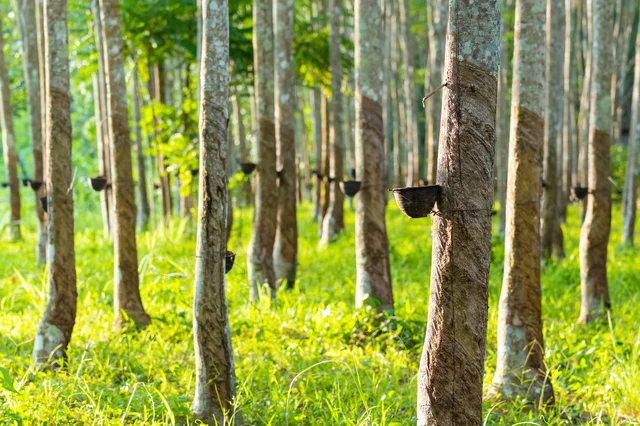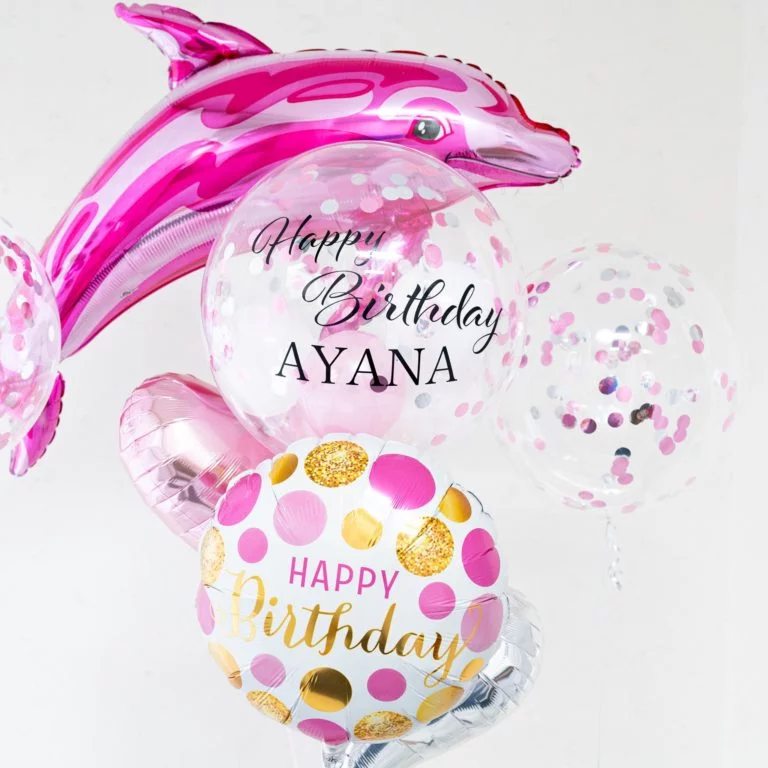Balloon and the Environment and Recycling
After enjoying the celebration, ORYZAE asks its customers to recycle in an environmentally conscious way for a sustainable future.
Balloon Types
Balloons can be broadly classified into the following two types
- rubber balloon
- film balloon
1. about rubber balloons


Just as maple syrup is made from the sap of maple trees, rubber balloons are made from the natural sap of rubber trees.
Because the balloons we use are made from natural materials, U.S. studies have confirmed that they biodegrade at the same rate as oak leaves under similar conditions.
In Japan, a third-party organization has conducted a biodegradation test under controlled aerobic composting conditions commissioned by the Chemicals Evaluation and Research Institute of Japan, and the results verified that the product biodegrades according to the definition of biodegradability set by the Japan BioPlastics Association.
Although rubber balloons are a natural material and return to nature through biodegradation, many municipalities separate them as combustible waste like fallen leaves. Please contact your local government for details.
As the decline and degradation of tropical natural forests has accelerated in recent years, rubber trees, the source of rubber balloons, are being managed as an important resource and play a role in environmental conservation.
Rubber plantations have been found to have higher biomass and relatively higher carbon fixation capacity when compared to farmland and grassland.
The demand for natural rubber has led to afforestation and conservation, contributing to the fight against global warming.
2. about film balloons

The sorting method for film balloons is the same as for food packaging (plastic containers and packaging). Disposal methods for plastic containers and packaging vary by municipality, so please check with your local government if you are unsure. When disposing of the product, please release the internal gas before disposing of it.
